Egg time is fast approaching, and nests in Florida, South Carolina, Tennessee, Louisiana, Georgia, and many sites further north are busy with eagles visiting, rebuilding, and bonding. Hurrricane Ian did significant damage, but reports and photos from the ground in Florida show bonded pairs checking out their old nest sites and, at least at the North Fort Myers nest, rebuilding the nest from scratch.
The first egg laid on cam last year was on November 12, but I have a record of an egg laid on November 2 (Northeast Florida in 2017).
I’ve moved the final 2021-2022 Nest Watch spreadsheet to its new location with other past seasons and started a new spreadsheet for the 2022-2023 Nest Watch. Egg-laying Calendars from 2008-2022 are updated to provide some guidance on when to expect eggs in various regions across North America.
Here is a page with Links to all the current Streaming Cams.
Happy eagling!

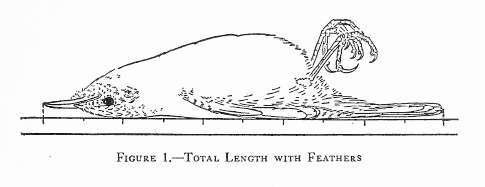
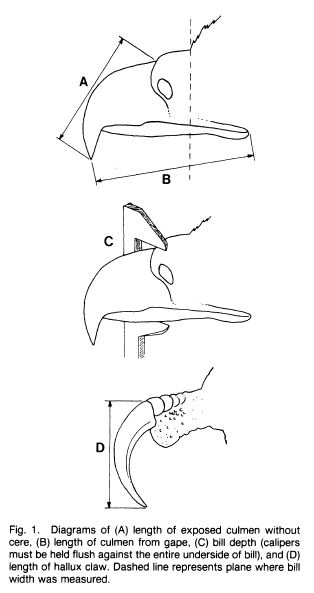
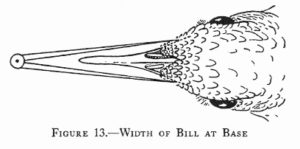
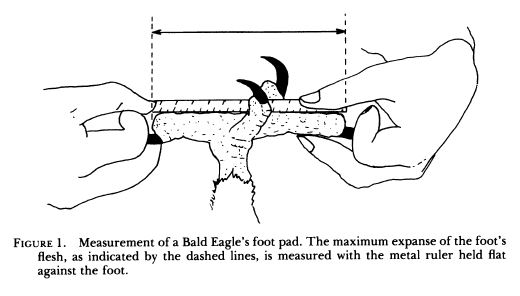
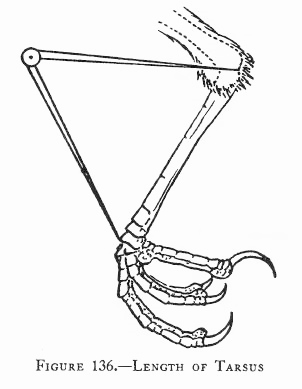
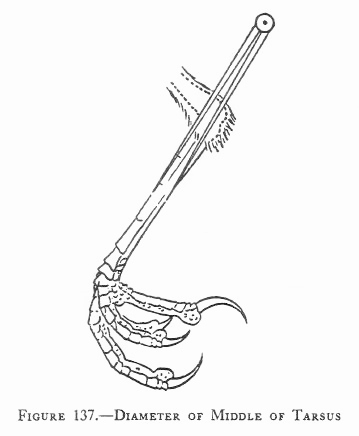
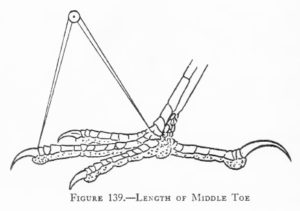
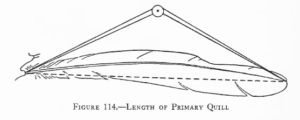
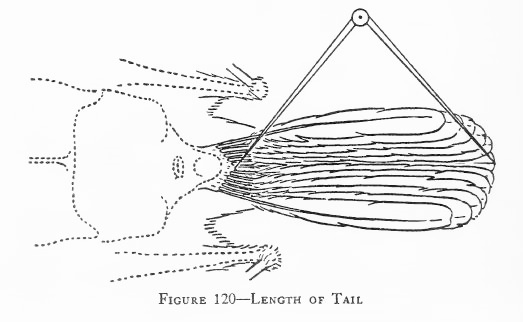
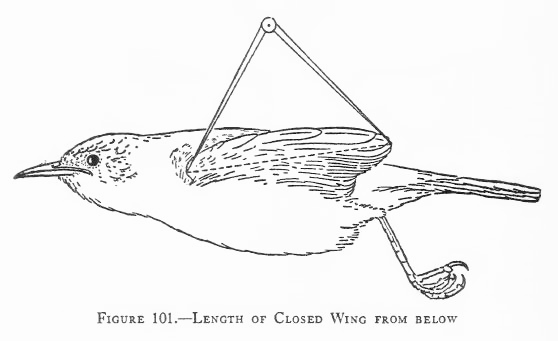

You must be logged in to post a comment.